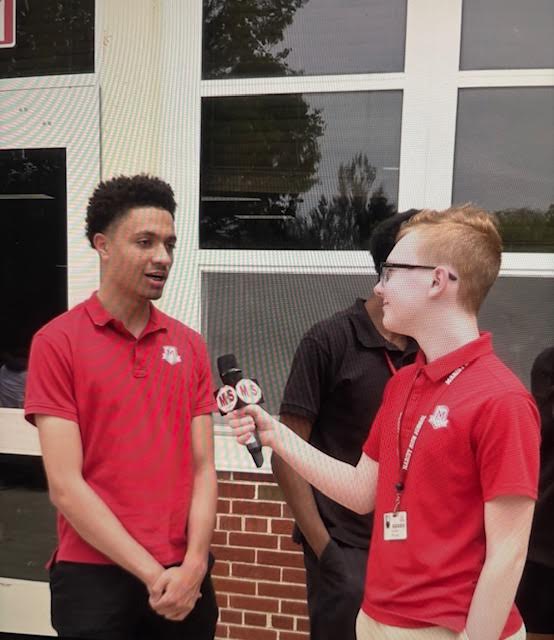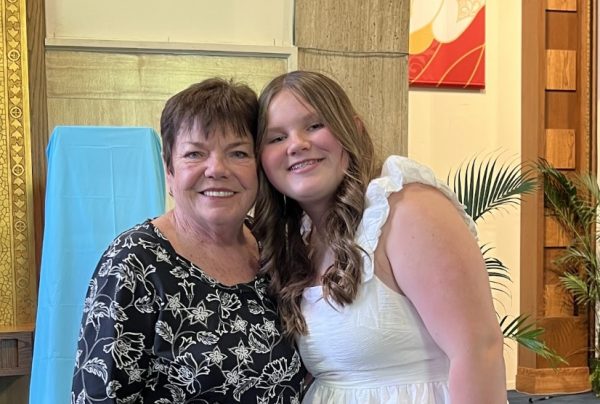Cheerleaders have long been a part of American culture portrayed in movies and TV shows. We have all seen the cheerleader portrayed as a dumb, blonde, who is dating the quarterback of the football team on television or in the movies. These portrayals have led to stereotypes that don’t reflect the reality of cheerleading.
Myth 1: Cheerleaders are dumb
One of the most prevalent stereotypes is that cheerleaders are ditzy and dumb. This stereotype seems to be the one that is most often used in the portrayal of cheerleaders in popular culture. However, this couldn’t be further from the truth. Many cheerleaders are excellent students. This is true even though they juggle demanding schedules with academics and cheerleading.
At Marist High School, the competitive cheer team practices over ten hours a week. They also cheer at basketball games, football games and compete at other high schools in the area. That leaves very little time for schoolwork. Cheerleaders are also required to maintain a certain grade point average to stay on the team.
Myth 2: Cheerleaders are mean
Another common stereotype is that cheerleaders are mean, clicky or exclusive. Cheerleaders are often portrayed as popular girls who look down on others who aren’t as pretty or popular as them. However, cheerleading, at its core, is about teamwork and unity. It is about lifting up, not tearing down. It is about cheering for each other, and having each others’ backs. Cheerleading teams foster a strong sense of mutual respect among the members. It is not unusual to see entire cheerleading teams supporting other teams who are their competitors. That is true on and off the mat.
I conducted a poll with Marist high school students. I asked if cheerleaders are mean. Out of the 16 people that replied, 50% said “sometimes” and the other 50% said “no.”
Myth 3: Cheerleaders are popular
Cheerleaders aren’t necessarily the popular girls or boys in school. Some are, but not all. Cheerleaders are not all about parties and social events. Cheerleaders are also not always dating football players like they are portrayed on television and in the movies. Most have very little free time for social interaction with people other than their team members. It is hard to balance social activities, cheer and school, especially during competition season when there is practice everyday during the week and one or two competitions on the weekend.
In the poll I conducted, I asked what movie/show comes to your mind when you think of cheer. Of the 16 answers I got, 66% picked “Cheer” and the other 33 % picked “Bring it On.” “Bring it On” portrays cheerleaders as popular, mean girls. “Cheer” is a documentary about the cheer team at Navarro College in Texas.
Myth 4: Cheerleaders are blonde
Another stereotype of cheerleaders is that they all have long, blonde hair. Yes, some cheerleaders are blonde, and a lot have long hair, but not all of them do. There are cheerleaders with all different hair colors and lengths. Personally, I think there are more brunette cheerleaders than blond cheerleaders.
People also like to say the blonde cheerleaders are better. Being a good cheerleader is based on skill, which comes from practice. It doesn’t matter what color hair you have. Gabi Butler is a famous brunette cheerleader.
Myth 5: Cheerleaders are not athletes
People like to say that cheerleading is not a real sport, but rather it is just an extracurricular activity. They’re wrong. Cheer is a real sport that requires extreme athleticism, flexibility, strength, rhythm, balance and coordination. Cheerleaders stunt, jump, and tumble. Cheerleading is harder than most sports.
There you have it. Don’t always believe everything you see on TV and in the movies.



























